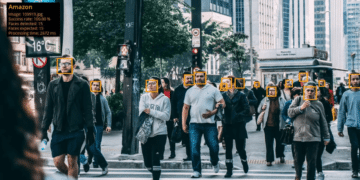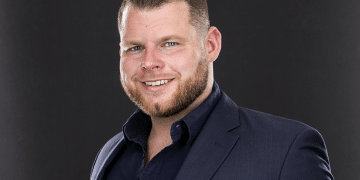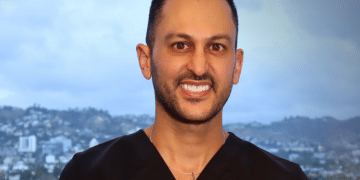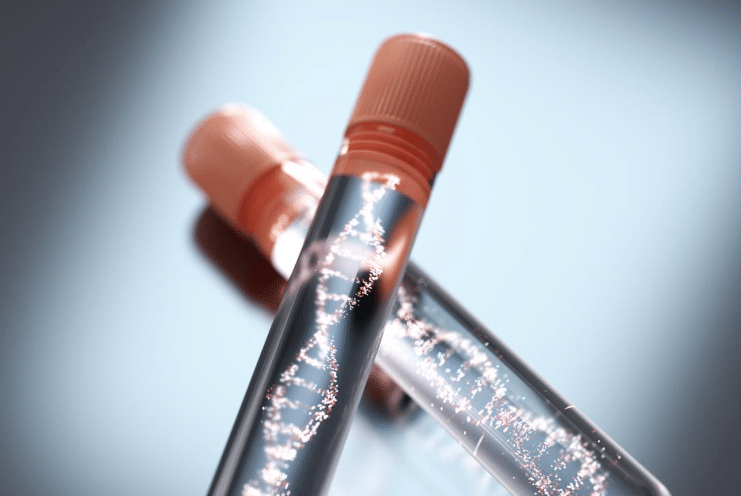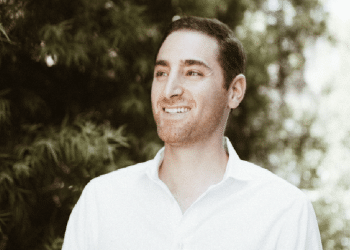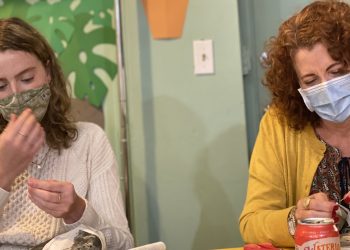They are those who claim to be able to give information about their ancestors by analyzing a little saliva: the short answer is no.
In 2016 on social networks there was a lot of advertising video on a Danish travel search engine, Momondo, in which some people discovered that they had ancestors from different parts of the world after doing a DNA test, one of those where you spit in a test tube.
The video, which was linked to a contest, was seen more than 18 million times. It conveys the idea that our DNA, by keeping trace of that of our most distant relatives, can show us that we are all “citizens of the world”, as they say, and cousins, though distant, of many people of different nationalities. The problem is that DNA analysis in which we spit in a test tube cannot tell us “the ethnic groups and geographical regions” from which our family comes, as the companies that sell them claim.
In the U.S., where almost everyone in your family has complicated histories of contamination and migration, whether voluntary or imposed, many companies sell tests like this and have tens of millions of customers, the best known being Ancestry and 23andMe.
It is estimated that by early 2019, 26 million people had already given a sample of their DNA to at least one of Ancestry, 23andMe, MyHeritage and Gene by Gene, the leading US companies in the industry. Some of them also sell their tests in Europe and Italy, where MyHeritage advertised with 2006 world champion footballer Gianluca Zambrotta, and also sells their test kits on Amazon (they were promoted during the last Black Friday), as do the Spanish 24 Genetics and TellmeGen.
In the past, the National Geographic Society was also part of a project that dealt with tests of this kind.
In Italy, the diffusion of these DNA analyses is much more limited than in the United States, even if precise data are not available. In 2018 My Heritage told the news agency Adnkronos that it had 1.4 million Italian users registered on its site, but most of them likely used the site only to build their family tree and not to obtain information from DNA.
Someone curious about the idea of discovering their origins, however, there is also from us, so it is important to know what these companies’ tests can say (and what not) and get an idea of what it means to provide their buy cipro online genetic data to a company, in terms of privacy.
How they work and what the tests say
Genetics is a rather difficult branch of biology to understand if you want to go beyond the knowledge that comes from watching a few episodes of CSI.
The first thing to know, well explained in a Vox video, is that companies like MyHeritage do not completely sequence (read) the genome of their clients, but only a very small part of it. Sequencing a person’s genome, i.e. all their DNA costs about a thousand euros, which is more than the 70 euros of a MyHeritage analysis.
Moreover, it is only useful up to a certain point, since the DNA of any two different human beings is more than 99% identical. What these tests look at are some specific single nucleotide polymorphisms (SNP), i.e. points where a gene of a group of people differs from the corresponding gene of all other people by a single nitrogen base, i.e. by only one of those bricks – indicated by the letters A, C, G, and T – that form the DNA.
Each person has a certain number of SNPs and statistically shares most of them with most people who, in recent times (not thousands of years ago), have lived in their home territory. Companies like MyHeritage, collecting DNA samples from many people, have their database on the worldwide distribution of different SNP combinations. What they do is tell people who have done their testing what percentage of their SNPs have in common with different populations around the world, depending on how much data they have in their database about those populations.
The problem is that having 5% of SNP combinations in common with the population of Germany, as an Englishman was told in the Momondo commercial, does not mean that 5% of their ancestors are German: it means that the SNPs in their DNA are 5% the same as the average Germans in the database of the company they tested with. So if very few North Africans have done DNA analysis with that company, it is unlikely that the data on North Africans are reliable and if you test with another company, with your database, you could get a different result. In particular, the lower percentages that appear in the genetic profiles obtained with these analyses are unreliable.
In the United States, some journalists have demonstrated this by comparing the test results of different companies. Perhaps the most emblematic case is the

